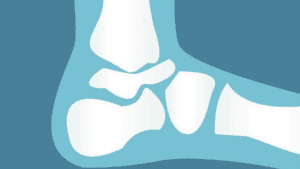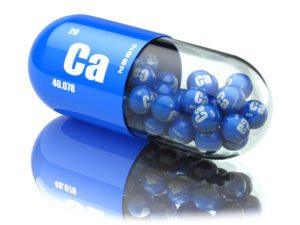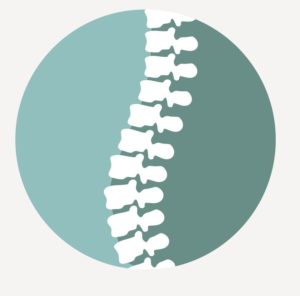 It’s long been a rule of thumb among supplement makers to have a 2:1 ratio of calcium to magnesium. But the research is shifting.
It’s long been a rule of thumb among supplement makers to have a 2:1 ratio of calcium to magnesium. But the research is shifting.
Most people turn to calcium supplements to prevent osteoporosis down the line. And it’s long been a rule of thumb among supplement makers to have a 2:1 ratio of calcium to magnesium. But the research is shifting. Here’s what to know when shopping for a bone-health supplement.
Why bone health is important
For starters, the skeleton is not like the frame of your house—a bunch of dead wood holding together all those rooms. Bones, hard and strong as they may feel, are actually living, growing organs comprised of a lot of minerals besides calcium. Bones are constantly remodeling, so it’s important to keep them well nourished.
It’s probably too late for you now, but among the top determinants of postmenopausal osteoporosis is your peak bone mineral density when you were a late adolescent. That means you’ll want your children to drink calcium drinks like milk (or dairy alternatives like almond milk and soy milk fortified with at least as much calcium as dairy milk) and eat leafy green veggies, seeds and nuts, which contain calcium and magnesium.
You need more than a calcium supplement
Struggle to get your family to drink milk or eat their daily leafy greens? This is where supplements come in. But, perhaps surprisingly, a calcium supplement isn’t all you need.
“Calcium is important,” says Taylor Wallace, a professor in the Department of Nutrition and Food Studies at George Mason University. “But vitamin D helps pull calcium into bones, and magnesium is also important.”
Wallace says the body can absorb only about 500 to 600 mg of calcium at a time. Additionally, calcium, magnesium and several other minerals compete for absorption. So when you look for a supplement to buy, don’t take more than about 500 mg (combined) of calcium and magnesium at a time. For maximum effect, spread out that amount through the day.
Magnesium: The “master mineral”
Here’s why magnesium is becoming known as the “master mineral.” It’s responsible for hundreds of biochemical reactions in the body, from relaxing muscles to maintaining heart health. In America, while more people are deficient in calcium than magnesium, says Wallace, there’s also concern that some may be getting too much calcium and not enough magnesium. According to Andrea Rosanoff, PhD, director of research at the Center for Magnesium Education & Research in Hawaii, the average calcium-to-magnesium intake of people consuming the standard American diet is above 3:1.
“In that population, if you give them more magnesium their [rates of] cadiovascular disease seems to go down,” says Rosanoff. “For women taking a lot of calcium supplements, the average ratio is 4:1 or higher. If you don’t have adequate magnesium, then calcium can’t place itself properly in bone. It goes into the soft tissues instead of hard tissues.”
That imbalance manifests as hypertension, sticky blood platelets that can lead to strokes or heart attacks, heart palpitations, diabetes, PMS, sleeplessness, depression and high anxiety.
“If you have adequate magnesium, your body could handle all kinds of calcium and sodium,” says Rosanoff. “But if you’re low in magnesium, you exacerbate a bad situation, especially if you load up with calcium and sodium—and we are doing both.”
How much magnesium should you take?
Rosanoff recommends 400 mg a day of magnesium as “a very good place to start.” If you experience diarrhea from taking magnesium, simply back off the dose to find the level that best suits your body. Considering Wallace’s insight that the body can take in only up to 600 mg at a time of both calcium and magnesium, look for a supplement at this lower dosage level, and with a ratio closer to 1:1 calcium:magnesium (rather than the traditional 2:1). Then also look for vitamin D—the more the merrier; 1,000 IU is a decent dose, though vitamin D researchers say 2,000 IU a day is more appropriate. And vitamin K2 has recently been discovered to help remove calcium from arteries (the buildup of which is called atherosclerosis—the number- one cardio killer) and puts it in bones. A 2015 study found 180 mcg of K2 daily could actually reverse arterial stiffness.
Seek out a full-spectrum supplement—starting with calcium, magnesium and vitamin D—which will more closely approximate food sources of these nutrients and mirror what your bone matrix contains. Your bones will give you the thumbs-up.
